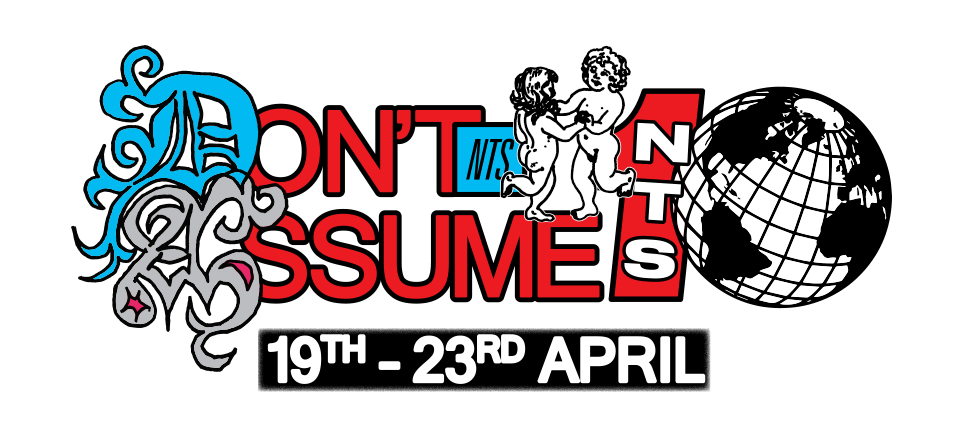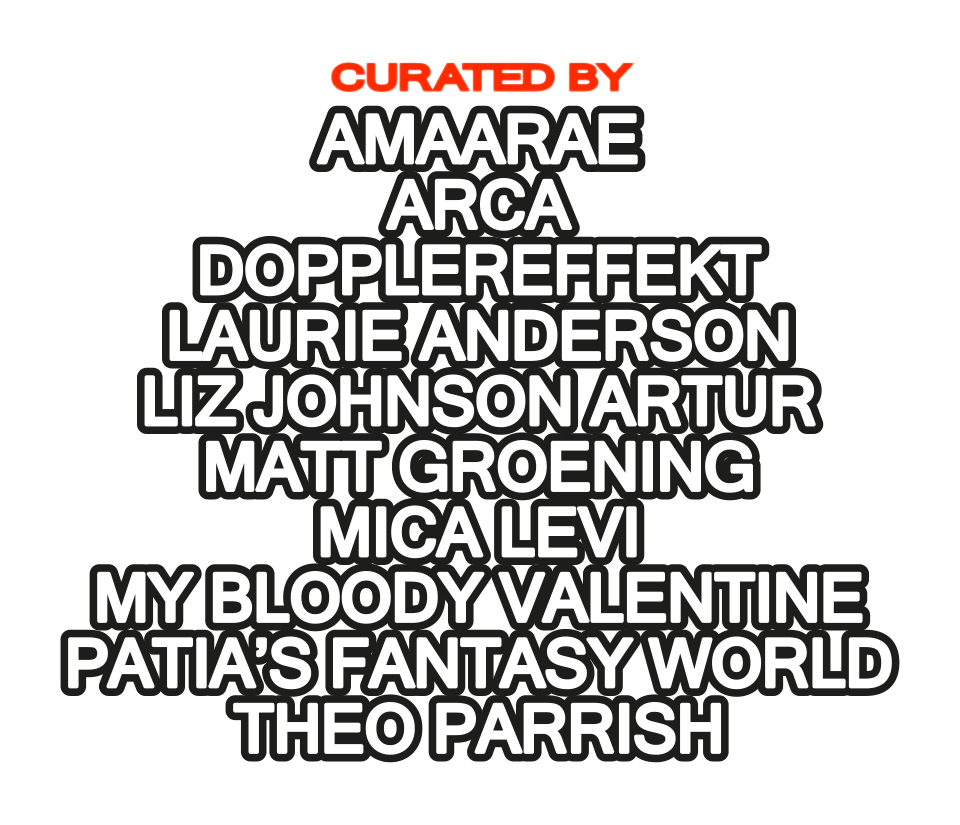NTS 10


Personalised Recommendations
Sign up or log in to MY NTS and get personalised recommendations
NTS Guide to: Disques Debs
Diving into the back catalogues of one of the greatest of all French Caribbean labels, Disques Debs.
Emerging in the late 1950s under the vision of Henri Debs, Disques Debs became a cornerstone of Guadeloupe’s music scene, shaping the island’s sound for decades. The label’s vast catalogue spanned genres from biguine and bolero to cadence-lypso, zouk, and reggae, releasing an impressive array of over 300 7" singles and 200 LP albums during it's time.
Henri Debs ensured his studio remained at the cutting edge of sound production. Regular trips to New York and Paris allowed him to source the latest recording equipment and master new techniques, keeping his facility ahead of the curve. By the ’70s and ’80s, it had become one of the most sophisticated studios in the Caribbean, drawing artists from across the region - including Martinique, Dominica, Antigua, St Lucia, and Haiti - who sought its superior sound quality. Debs also documented this progression through extensive photography, charting the studio’s transformation from modest four-track machines to a top-tier SSL mixing desk.
Curated by Hugo Mendez
You Might Also Like
Tracklist
- Henri Debs QuintetMonsieur Kombass à Paris
- Marius Cultier Quintet, Georges TinédorCultir Kombass
- Geno Exilie Et Solon GonçalvesLa Récolte Fini
- Emmanuel Toussaint Et L’Orchestre EsperanzaPerrique à Elena Tomber
- Gerard La Viny Et Sa GuitareHenri Té Vlé Mayé
- Dolor Et Les Diables Du RythmeBois Bois La Vigna
- Guy Conquête Et Casimir LétangOh La L’agent Passer
- Emilien AntilleBon çe ça
- Tommy OlivenciaOlvidate De Mi
- Le Ry-Co JazzTu Bois Beaucoup
- Les VikingsAmbiance Vikings
- Les Vikings D’HaitiOSS Vikings
- Super ComboPrend Sang Froid A Ou
- Edouard BenoitMauve Cote La
- SmokeLina Femm' Foll
- Super ComboSoy Boricua
- Midnight Groovers, Pierre LaborFemm' Débat
- Les MaxelsL’agent
- Ti CelestePopulation Basse-Terrienne Aux Abois
- Daniel DimbasLa Mizik (Siwo Edit)
- Roger PlunketLes Requins
- Ramon PyrméeAw Bon Maché
- Max Et HenriMwen Kay La Pech
- Dominique PanolVie De Nuit
- Sadi LancreotDou Se Vou Ki Siwo
- Christian YéyéMissyé Zando
- KarapatAn Nous Stope
- Experience 7Lamou Se On Danjé
- Tony Lodin & Ramon PryméePi Ou Li
- PerfectaLa Divinité
- Rico Et Pli APas Coler La


